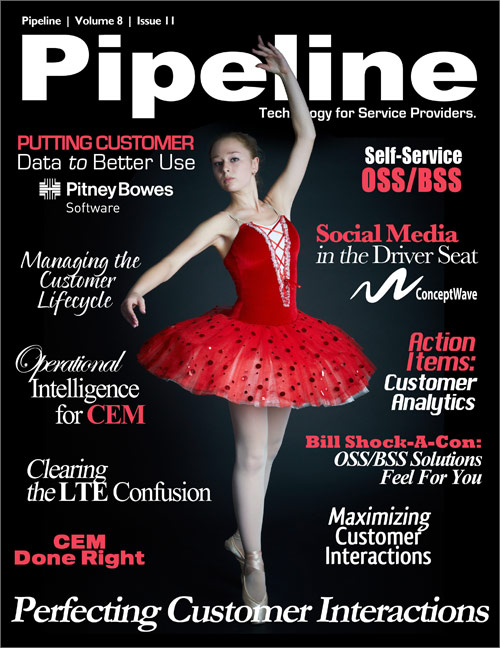By: Tim Young

I'm about to make what may be the least controversial statement in history: Any business, including a telecom provider, is nothing without its customers. Even with the finest service available, a customer-less business is the equivalent of the tree falling in the uninhabited forest. Maybe it makes a sound. Maybe it doesn't. Who really cares? It's not making much of an impression.
Well, I suppose it makes a LITERAL impression on the forest floor, but let's not get lost in the metaphor.
I mention the importance of customers only because it has been a major topic of conversation for the last few years, and it seems to be of growing concern to CSPs, many of whom took customers for granted for decades. Now, the customer experience is something that providers are keen to understand, explore, enhance, and capitalize on. Of all the human relationships that matter to business, it is the relationship that may matter the most, at least in the aggregate. Disappointing one customer is inevitable. Systematically disappointing all of your customers is not, and if there's a way to keep that from happening, it's advisable.
In this issue of Pipeline, we focus on the primacy of the customer experience, and how various service providers are addressing the enhancement and maintenance of the customer experience in different ways. We'll examine the current possibilities of customer analytics, and explore how bill shock avoidance can enhance customer loyalty. We'll talk about how customer self-service can improve satisfaction and drive down costs, and discuss how a single, unified picture of the customer lifecycle can foster a seamless user experience. We'll also hear from ConceptWave on how a catalog-driven social network policy can enhance customer relationships, and hear from Pitney Bowes on other ways customers can be kept in mind.
We'll also feature discussion about the dark side of LTE, examine Vitria in our monthly vendor spotlight, and bring you all the latest news and opinion in the world of communications IT.
Best,
Tim Young, Editor-in-Chief








